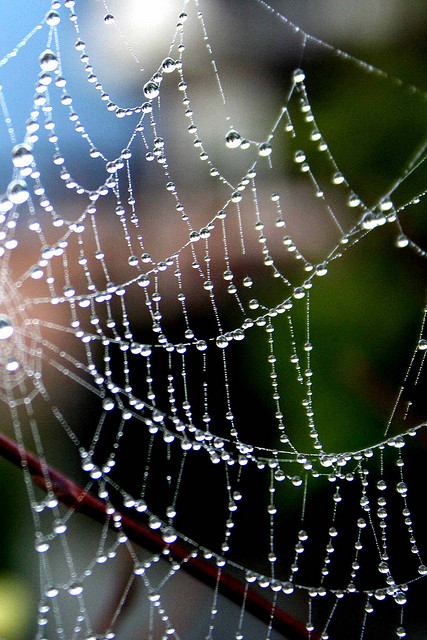 Note: This is the sixth in a series of eight reflections over the season of Easter on the practice of resurrection.
Note: This is the sixth in a series of eight reflections over the season of Easter on the practice of resurrection.
In the gospel reading for the sixth Sunday, Jesus invites us to abide in love and peace. Certainly this is a process, a pilgrimage journey toward the resurrection gifts of love and peace
Think of all of the love songs, movies about love, poems about love, romance novels, paintings of love, and other expressions of what love is. In many ways love is the primal force behind our creative expression. We create art to understand more deeply what it means to be human. Part of what makes life worth living is our passion, our desire to be in relationship — with ourselves, with our beloveds, with the divine. Think of the writings about Utopias, places of harmony and understanding which tap into our deep longing for a place of peace in which to live.
Why else would we take the terrible risk of stepping out into the world, revealing our vulnerabilities? What other force is able to compel us to speak our truth? We love people, creatures, ideas, values.
To be a lover in the world means to be aligned with what sparks our aliveness and passion. Lovers have a healthy sense of embodiment and savor the delights of having a body without shame. They relish the sense experience of life — the taste of a beautiful meal, the soft fur of a devoted pet, the shimmering of sunlight on water, the music of birds, the fragrance of jasmine. To abide in love is to celebrate beauty and to know that all of life is a work of art.
To be a peacemaker in the world means to aligned in a holy direction, becoming mindful of the ways one contributes to violence in the world through a thousand thoughts and smallest of actions. Then the call is to become a living emblem of peace in the world, to always seek out ways of transparency and communication.
In medieval times, the Song of Songs became the exemplary image for the mystical union between person and Beloved. The language of longing was considered to be the perfect way to express how deep our own longing for God can be, and conversely, how much God longs for and desires us.
When we abide in love we can experience a sense of union with all there is. It is the source of spirituality, especially the mystical paths found in all religious traditions, a sense of the ultimate oneness of everything that is and seeking to experience that unity in daily life. Love calls us into connection with the world. In times when feeling disconnection and isolation is easier than ever, love calls us to step into the flesh and blood relationships, to engage, to risk, to be vulnerable.
The desert monks of ancient times described the act of abiding in peace as hesychia, it is a kind of deep inner stillness where our practice breaks us open to this profound gift even when the world around us is chaotic and turbulent. The Hebrew Scriptures are filled with imagery inviting us in to a radical act of imagining a peace-filled world where the lion and lamb lie down together and where swords are turned into plowshares.
Love is a source of joy but also leads to pain. When we love deeply, loss can be wrenching. When we love others, we experience their places of wounding. When they hurt, we hurt as well. Love calls us to be present to the full range of our emotional landscape.
The Jesuit priest Pedro Arrupe wrote: “Nothing is more practical than finding God, that is, than falling in a love in a quite absolute, final way. What you are in love with, what seizes your imagination will affect everything. It will decide what will get you out of bed in the mornings, what you will do with your evenings, how you spend your weekends, what you read, who you know, what breaks your heart, and what amazes you with joy and gratitude. Fall in love, stay in love, and it will decide everything.”
“What you are in love with . . . will affect everything.” How you spend your precious moments and what you allow to fill your heart is the call of our pilgrimage of resurrection, to always journey toward love and fall more in love with the world. Pause for a moment to consider this question: What are you in love with? I mean really passionate, head-over-heels, giddy with desire in love with? Have you let love seize your imagination, to take hold of you in an absolute way so that your day is spent contemplating ways to spend more time with your beloved? What you love might be a person or God, but it also might be an idea, a commitment you have.
Living our lives in a way that cultivates peace is an act of tremendous courage. We must trust in a reality greater than the one in which we are immersed and take responsibility for our own acts of violence. Neither are easy paths, but when we have tasted the gifts of love and peace, there really is no other way forward.
Photo © Christine Valters Paintner











